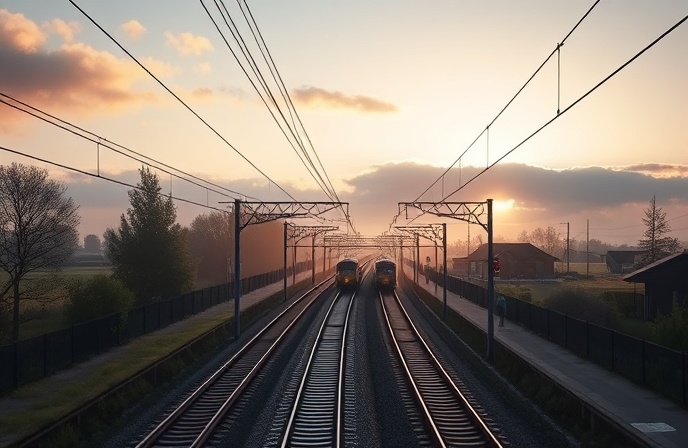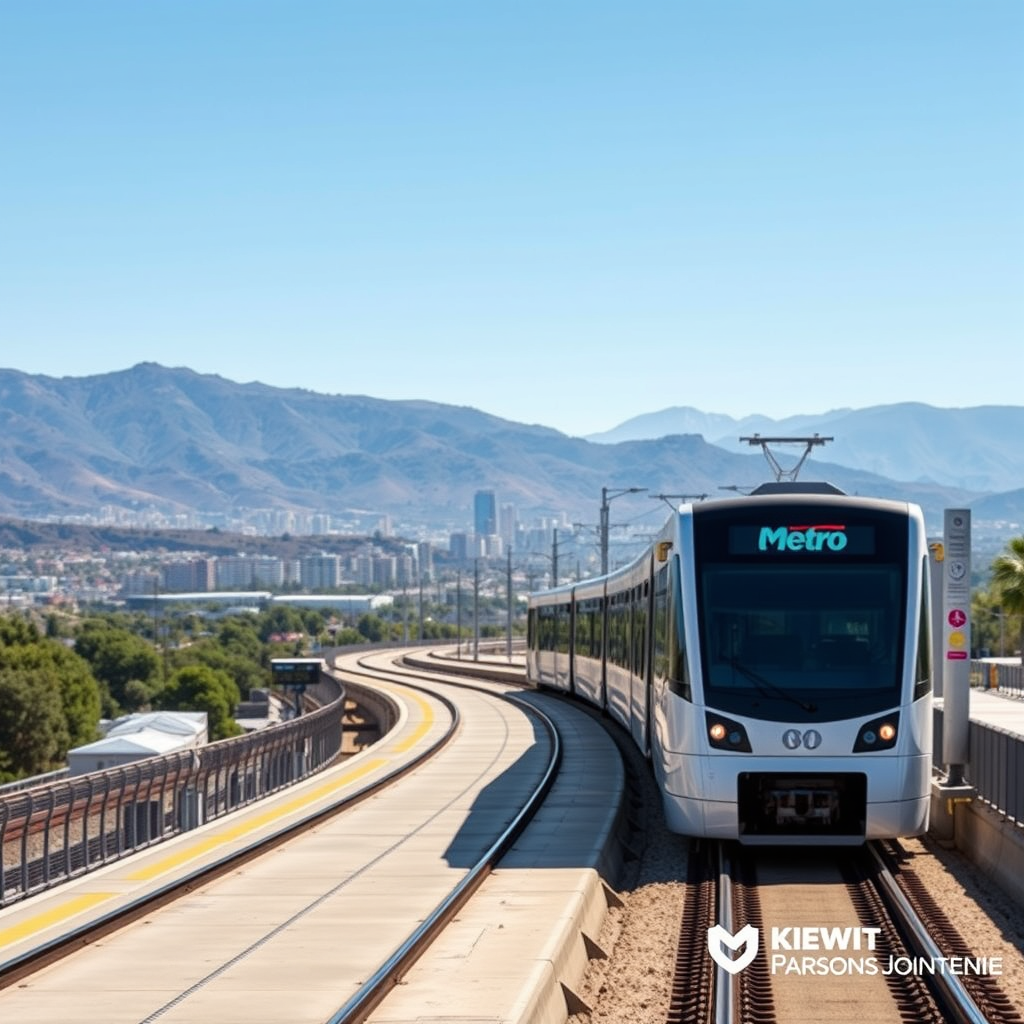Naples-Bari Rail: Hyperbaric Tunnel & Italy’s HS/HC Future
Naples-Bari high-speed rail project advances with Casalnuovo Tunnel completion. Webuild’s hyperbaric excavation marks a significant milestone in Italian rail infrastructure.

Webuild Completes Hyperbaric Tunnel, Marking a Milestone for Naples-Bari High-Speed Rail Project
The completion of the Casalnuovo Tunnel on the Naples–Bari high-speed/high-capacity (HS/HC) railway line represents a significant advancement in Italian rail infrastructure and tunnelling innovation. Webuild, a leading global construction group, announced the project’s completion, highlighting its use of hyperbaric excavation, a pioneering technique in the country. Located along the Naples–Cancello section, the 650-metre tunnel exemplifies modern engineering solutions for dense urban environments. This article will explore the specifics of this groundbreaking project, addressing the *what*, *where*, *when*, *who*, *why*, and *how* of its construction, its innovative techniques, and the broader impact on Italy’s rail network and future connectivity.
Hyperbaric Excavation: A Technical Marvel
The Casalnuovo Tunnel, built for Rete Ferroviaria Italiana (RFI – FS Italiane Group), sets a precedent as the first in Italy to utilize hyperbaric excavation. This innovative method involves using pressurized air to displace groundwater, enabling tunnelling operations in dry conditions, even in densely populated areas. The technique, while not entirely novel on a European scale, is exceptionally innovative in Italy. The hyperbaric process requires complex engineering solutions. The tunnel was meticulously sealed and divided into watertight compartments. Workers entered through a compensation chamber, which gradually increased pressure, allowing them to acclimate safely to the hyperbaric environment. Webuild ensured strict health protocols and continuous monitoring to guarantee worker safety throughout the project. The sustainability aspect was also addressed. All excavation equipment used was electric, resulting in zero emissions, and the avoidance of cement mixes and chemical additives reduced the environmental footprint.
Naples–Bari Line: A Catalyst for Regional and National Connectivity
The Naples–Bari HS/HC line is a critical infrastructure project aimed at drastically reducing travel times between the two cities. The Naples–Cancello section, which incorporates the newly completed tunnel, is crucial to the overall timeline. Track laying on this section began in February and is progressing steadily, with more than 10 km of track already in place. Completion of this section is anticipated by the end of summer. Upon the scheduled opening of the Naples–Cancello and Cancello–Frasso sections by the end of 2025, travel times between Naples and Bari are projected to drop from four hours to just two hours and 40 minutes, eliminating the need for train changes. Furthermore, the activation of the Naples–Cancello section from early 2026 will facilitate high-speed train access to Napoli Afragola station and inaugurate new stations at Acerra and Casalnuovo. This will broaden access to high-speed rail for communities throughout the Naples metropolitan area, including Casoria, Afragola, Caivano, and Acerra, enhancing regional connectivity.
Strategic Importance and Broader Network Integration
Once fully operational, Napoli Afragola station is envisioned as a strategic hub, connecting the North and South of Italy while integrating regional and national transport systems. The entire 145 km-long high-speed line will comprise 15 tunnels, 25 viaducts, and 20 stations or stops, significantly reducing travel times across the region. For instance, the project will facilitate two-hour trips from Naples to Bari, three-hour trips from Rome to Bari, and four-hour trips from Rome to Lecce or Taranto. This initiative is a key component of the Scandinavian–Mediterranean Corridor of the Trans-European Transport Network (TEN-T), thereby enhancing connections within Italy and to wider European transport networks. This strategic alignment underscores the project’s role in fostering economic growth and facilitating smoother trans-European movement.
Conclusion
The completion of the Casalnuovo Tunnel, a feat of engineering utilizing pioneering hyperbaric excavation techniques, signifies a pivotal moment for the Naples–Bari HS/HC line and the Italian rail industry. The project’s successful execution highlights the innovative spirit of Webuild and underscores the importance of sustainable, technologically advanced solutions in modern railway infrastructure. This project’s impact extends beyond a reduction in journey times; it catalyzes regional economic development and seamlessly integrates the Italian network with the broader European transport corridors. The use of hyperbaric excavation represents a benchmark for future tunnelling projects, potentially setting a precedent for the implementation of this approach in similar complex urban environments. As the Naples–Bari line approaches full operation, the anticipated impact will be observed not only in improved passenger travel times but also in boosted economic activity and enhanced logistical capabilities across the Southern Italian region. The success of this project is expected to spur further investment in high-speed rail and sustainable infrastructure projects across Italy and beyond, creating more efficient transport systems.
Company Summary
Webuild is a prominent global player in the construction industry, with a significant portfolio of large-scale infrastructure projects, including high-speed rail, roads, bridges, and dams. With a strong focus on innovation and sustainability, the company has delivered projects worldwide and is heavily involved in developing railway projects across Europe. RFI (Rete Ferroviaria Italiana – FS Italiane Group) is Italy’s primary railway infrastructure manager, responsible for the operation and maintenance of the national rail network, the planning and execution of infrastructure upgrades, and the management of railway stations.




